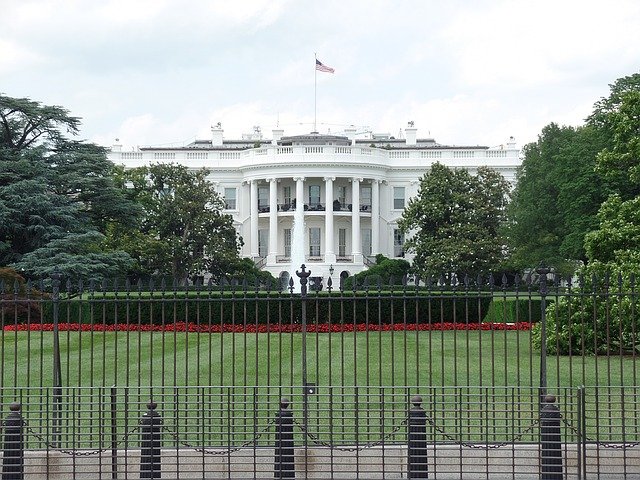Numbers of early voters in U.S. election in last 6 days has exceeded half of last time
Washington, October 28 According to statistics from the “U.S. Election Plan” website, as of the 28th, the number of early voters in the 2020 election in the United States has exceeded 75.162 million, which is equivalent to the total number of voters in the 2016 election. Of 54%.
There are 6 days left before election day. American media analysis pointed out that the Coronavirus Pandemic is one of the important reasons that prompt American voters to vote early. This record number also shows the voters’ enthusiasm for voting.
This year’s general election voter turnout rate is likely to be higher than four years ago.
The total number of voters in the 2016 election in the United States was approximately 138 million. The tracking data of the “U.S. Election Plan” shows that in the early voting so far this year, more than 25.64 million were on-site votes and over 49.51 million were mailed votes.
“This is good news.” McDonald, a professor at the University of Florida who is engaged in the study of US election statistics, said that the American people have many concerns about the pressure of Coronavirus Pandemic on election work.
Under the anti-pandemic principles such as limiting the number of people indoors and maintaining social distancing, people have to spend more time waiting in line at the scene to vote.
And early voting can effectively reduce the workload on the day of the general election.
The two presidential candidates also chose to vote early. U.S. President Trump has filled out the ballot in Florida on October 24. Biden cast his vote in his hometown of Delaware on the 28th.
American voters of different political inclinations showed differences in voting timing. The Washington Post analyzed data from Pennsylvania, Florida, Iowa, and North Carolina and found that in the first few days of the opening of early voting, the number of voters registered as Democratic voters was approximately three times that of Republican voters.
But as the election day approaches, this gap has narrowed.
In order to reduce the risk of Coronavirus infection, many states in the United States have expanded the channels for mailing ballots in presidential elections and extended the time for early voting.
According to a statistics from the University of Maryland in September, more than 60% of American voters intend to vote in advance by November 3.
Although Biden currently maintains a leading approval rating in many polls in the United States, his and Trump elections in “swing states” are still unclear.
American public opinion believes that in addition to “swing states,” not easily revealing their voting preferences, “independent” voters with a middle political position are also one of the factors that affect the results of the general election.
Merrion, who runs a farm in Maryland, also intends to complete the voting early, but she declined to disclose her voting preferences. “Voting in the general election is a hot topic that easily leads to conflict. I never tell anyone who I support, even my husband.”



